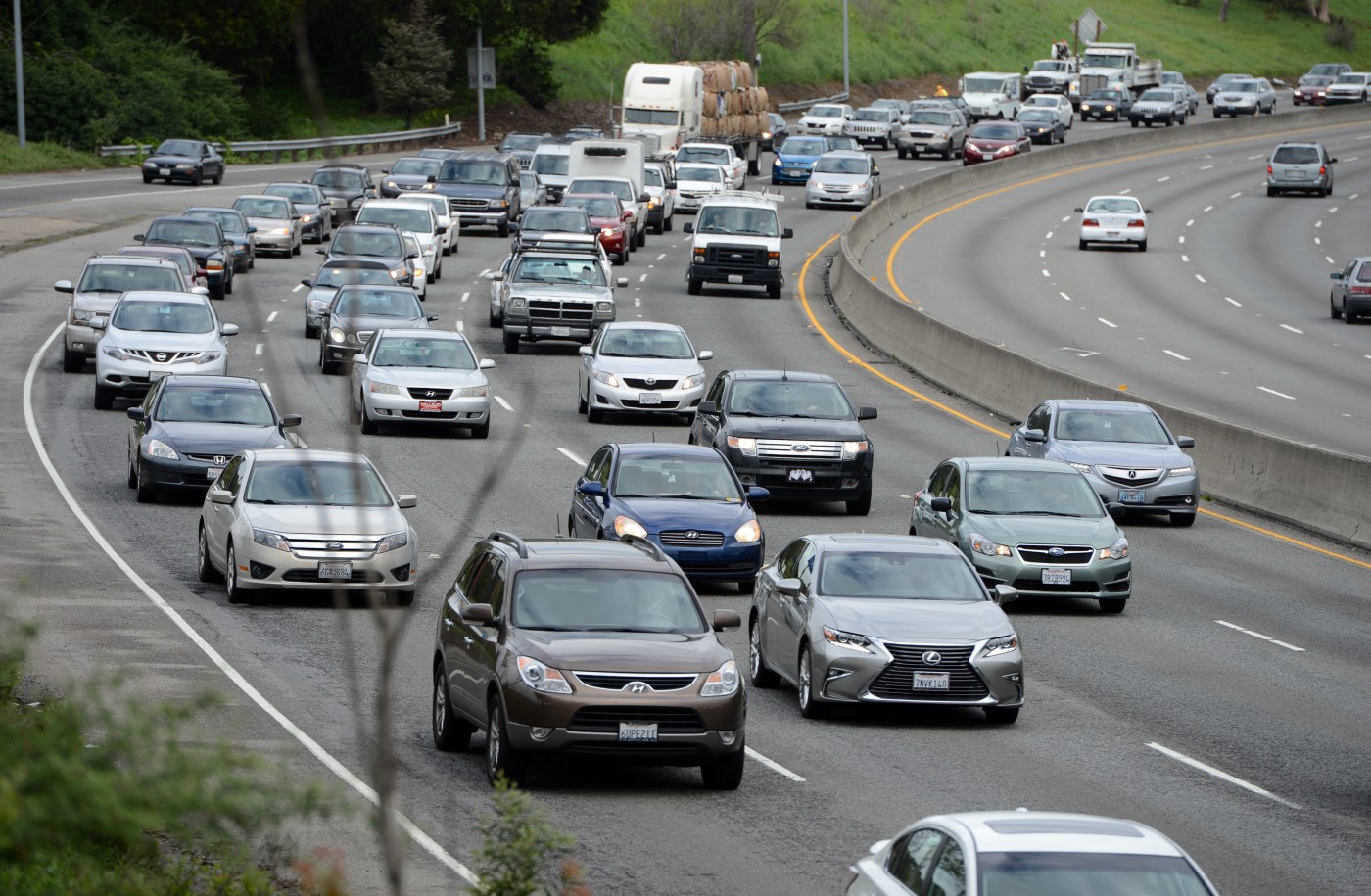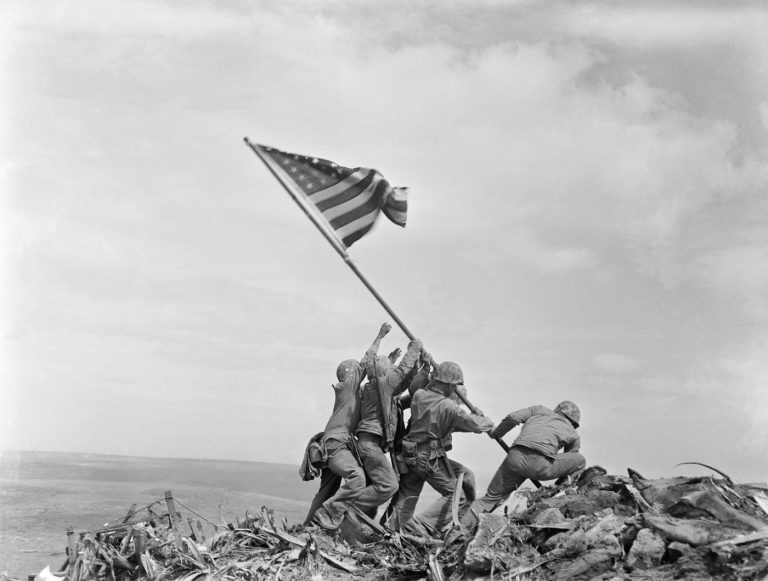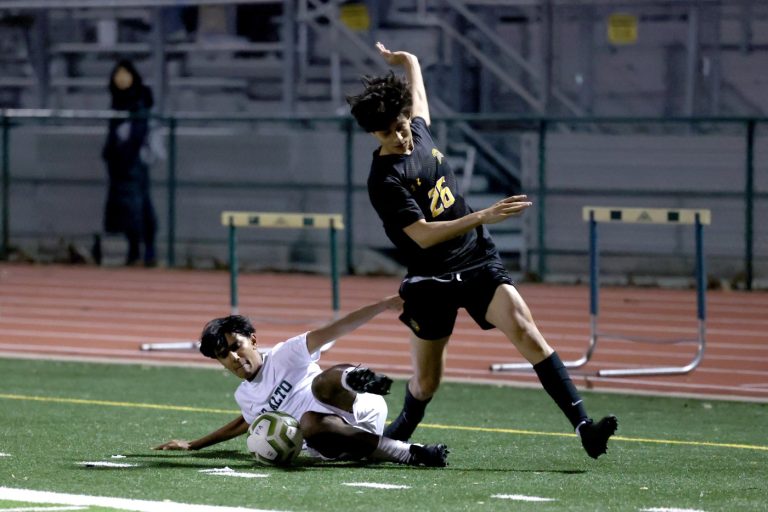Some things are just so ridiculous that they demand critical attention. One of them is the opposition from environmental groups to widening the Interstate 80 freeway between Sacramento and Davis.
For years, motorists have complained about what has been dubbed the “Davis bottleneck” that often backs up traffic for miles. What should be no more than a 10- or 15-minute drive can often take 45 minutes or more.
The state Department of Transportation wants to convert median strips into new traffic lanes that would require a toll payment to traverse. Environmentalists, who are trying to block the project in court, contend that it would merely encourage more drivers to use the stretch of freeway and therefore relief from congestion would be only temporary.
Opponents also complain that Caltrans and local officials are using the subterfuge of improving pavement to widen the freeway, and that the project runs counter to official state policy of reducing vehicular traffic as a way to reduce greenhouse gasses.
“These projects are being oversold to the public as a way to reduce congestion; they are not,” Susan Handy, director of the National Center for Sustainable Transportation, told the Los Angeles Times. “A court decision is going to be very important.”
Ironically, Handy’s organization is housed in the UC Davis campus, where the chronic congestion spills over.
The complaints might have some validity if this stretch was merely another local commuter route, but it isn’t. Interstate 80 is one of the nation’s most important transcontinental arteries, running 2,901 miles from San Francisco to the New York City metropolitan area with much of its route in western states following 19th-century immigrant trails.
The only other east-west interstates are either hundreds of miles to the north or hundreds to the south. That makes I-80 an extremely important route for interstate cargo, a fact evident to anyone who shares the freeway with an endless stream of large trucks.
Moreover, there are no alternative routes because the eastern portion of the freeway is a causeway over a marshy area that’s home to wildlife and is often flooded during winter and spring months. Water is diverted into the “Yolo Bypass” from the Sacramento River as an important element of the Sacramento region’s flood protection system.
Simply put, trucks and cars must either use I-80 between Sacramento and the Bay Area or not move at all. The notion that widening will increase traffic is ludicrous: The traffic will be there regardless because it has nowhere else to go.
“We experience some of the most severe congestion in California seven days a week,” Autumn Bernstein, executive director of the Yolo Transportation District, told the LA Times. “We have more than five hours of congested traffic in the eastbound direction and (in) Davis every afternoon.”
Related Articles
Seven injured, one person arrested after head-on collision in Salinas
Two dead in Bay Area freeway crashes on I-280, I-580
Report: 15, 10 and 5 freeways are deadliest in California, as traffic deaths rise
Golden Gate Bridge tolls, fares set to increase today
Garbage truck catches fire, causes closure of I-680 lanes near Highway 242 split in Concord
The ultimate fate of the project is not certain. The California Transportation Commission gave its approval in May and allocated money to begin work, but the environmental groups are suing, characterizing it as a showdown over the state’s official policy of avoiding projects that increase carrying capacity and lead to more traffic.
It’s unfortunate that Caltrans officials decided they needed to hide expansion of the freeway as a pavement improvement project and make it a joint project with local officials — with some token funding for mass transit — to sidestep a direct confrontation over environmental impacts.
In a more rational world, the need would be obvious and officialdom would be criticized for waiting so long to do something about a bottleneck.
Dan Walters is a CalMatters columnist.












